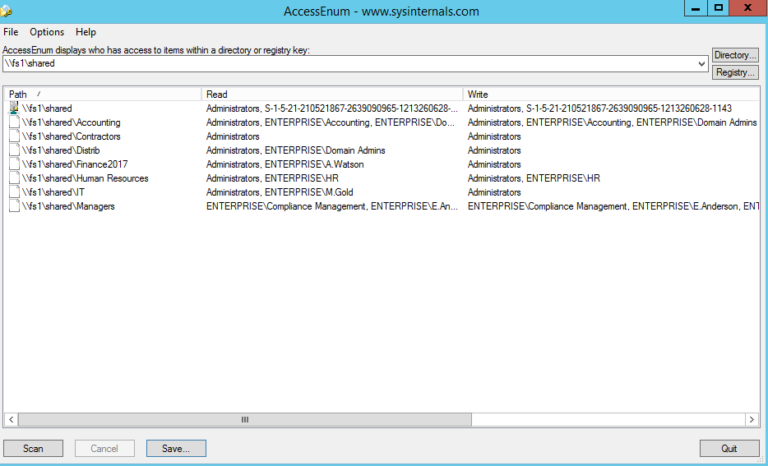

The number 1 mistake admins make when setting NTFS permissions is giving users direct access instead of assigning permissions through groups (where the user is a member of Group X and Group X is given access to the folder). Since NTFS permissions offer more fine-grained access control, many admins choose to set share permissions to a high level (Full Control for admins and Change for users) and define the actual permission level using the NTFS system. You can read our guide to learn more about the difference between Share and NTFS permissions, but here is the short version: You can use both simultaneously to manage file shares, but the more restrictive permission type takes priority. Includes options such as Read Attributes, Create Files or Traverse Folder.

Special permissions: Additional permissions available through the Advanced Security Settings in the Windows file system.

Write: Users can add new files and folders and write to existing files. Read: Can see folder contents and also view the files and folders in question. List folder contents: Allows the user to see files and directories contained within a folder, an important setting for navigating to deeper levels in the folder structure. Read & Execute: Can view folder contents and run programs or scripts. Also allows for the deletion of the folder itself. Modify: The user can see, read, execute, write and delete files. Full Control: Grants complete access, including the ability to see, read, write, execute and delete files or folders, as well as change permission settings for all subdirectories.


 0 kommentar(er)
0 kommentar(er)
